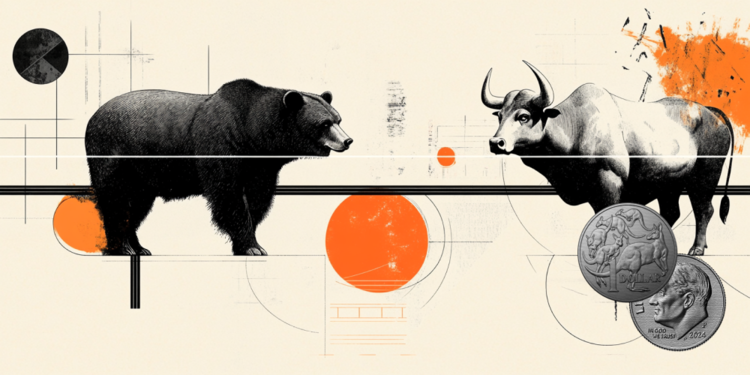The Vatican tightened, this Friday (17), the procedures for evaluating reported supernatural events, such as Virgin Marys crying and crucifixes dripping with blood, which for centuries incited the Catholic faithful.
In a document replacing rules drawn up in 1978, the Vatican Doctrinal Office (DDF) said bishops could no longer act independently when faced with reports of such phenomena and had to consult it before investigating.
The ruling also stripped bishops of the power to recognize the “supernatural” nature of apparitions and other supposedly divine events, leaving that role to the pope and the Vatican’s central offices.
Pope Francis has appeared skeptical in the past of such events, telling Italy's RAI TV last year that apparitions of the Virgin Mary “are not always real” and that he likes to see her “pointing to Jesus” instead. to draw attention to herself.

Incidents reported by the faithful, including the appearance of “stigmata,” or wounds from Jesus' crucifixion, on the hands and feet of holy people, often became the basis of shrines and pilgrimages.
The head of the DDF, Cardinal Victor Manuel Fernandez, told reporters that these types of events must be evaluated with great caution, as they can be fraudulent and exploited for “profit, power, fame, social recognition or other personal interests.”
“70 excruciating years”
The DDF document states that, as a rule, bishops must normally issue a “nihil obstat” – essentially a green light for worship that leaves open the question of whether the phenomenon can be formally recognized by the Vatican as “supernatural”.
Such recognition is, however, “very exceptional,” said Fernandez.
Bishops could reach five other conclusions about alleged supernatural events, the DDF said, including their formal rejection, or measures to prohibit or limit the worship of controversial or manifestly false phenomena.
This Friday's document mentions, as an example of past confusion, alleged supernatural apparitions of the Virgin Mary in Amsterdam in the 1940s and 1950s, which ended up being considered invalid in 2020, after several conflicting verdicts.
“It took around 70 excruciating years for the entire matter to be concluded,” the DDF said.

DDF standards noted that many pilgrimage sites were linked to supposed supernatural events that had not been authenticated by the Vatican, but added that this did not pose serious problems for the faith.
Although not mentioned in Friday's document, one example is the popular Medjugorje shrine in Bosnia, where repeated apparitions of the Virgin Mary have been reported since 1981, and into which a Vatican investigation is pending.
“We believe that with these rules it will be easier to reach a prudential conclusion (about Medjugorje),” Fernandez said.
The proliferation of supposed religious phenomena, some obviously false, was one of the factors behind a split in Christianity and the emergence of Protestantism in Europe in the 16th century.
Source: CNN Brasil
Bruce Belcher is a seasoned author with over 5 years of experience in world news. He writes for online news websites and provides in-depth analysis on the world stock market. Bruce is known for his insightful perspectives and commitment to keeping the public informed.







